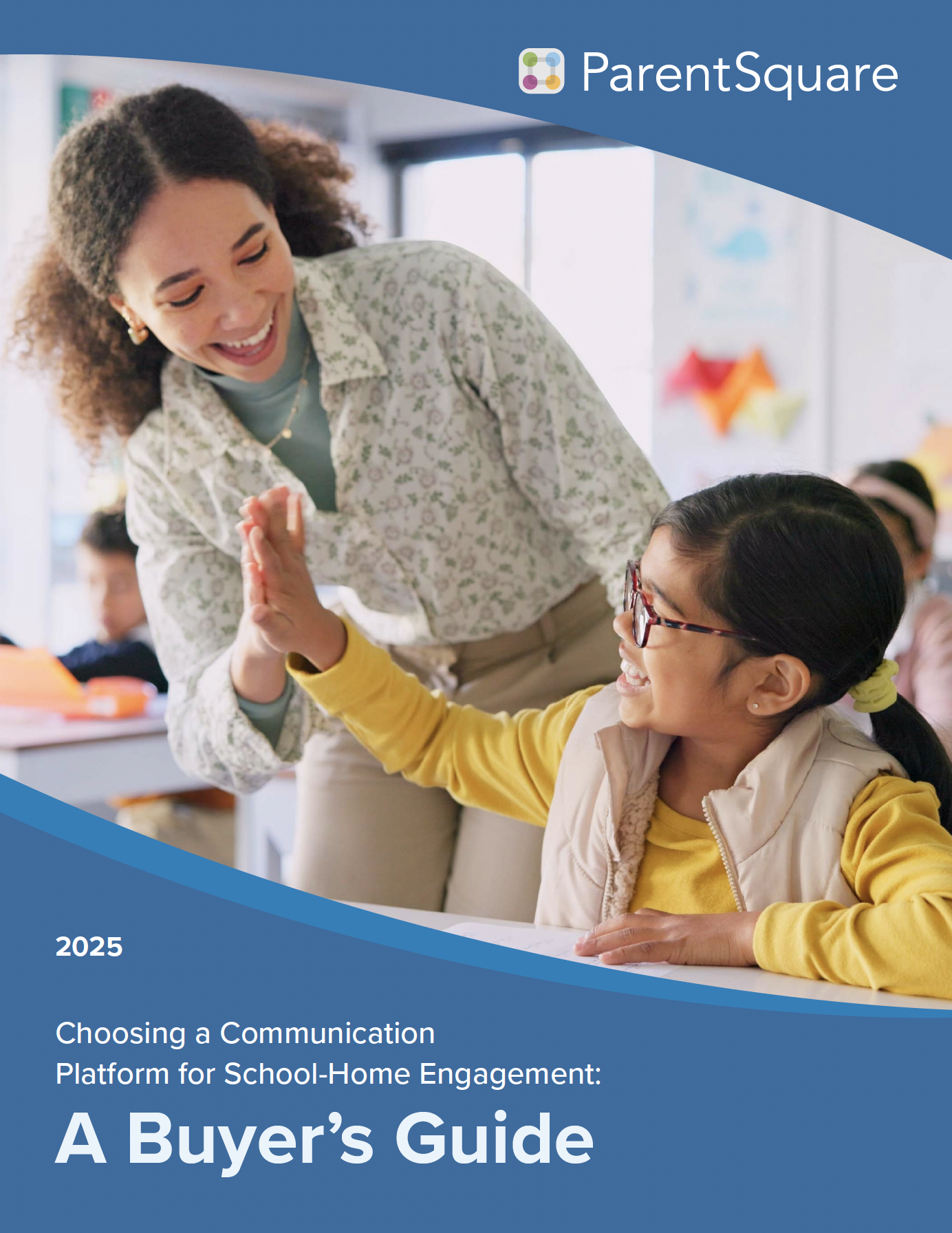This post originally appeared on our ParentSquare Learning Network blog on July 27, 2020.
Written by Rachelle Dene Poth — educator, author, blogger, consultant, speaker and Director of Community for the ParentSquare Learning Network

It definitely has been an interesting and challenging couple of months in the world. As an educator, thinking back over the last few months of this school year, and comparing it back to one year ago, I still find it hard to believe how quickly things have changed, especially with the look of school and learning.
Summer is always a great opportunity to relax and recharge. While I am always sad to see the school year end, I embrace the opportunity for a summer of learning, reflecting and preparing.
When I think about my summer focus and set some goals for myself, it’s always done by first reflecting on the prior year. I try to identify my successes and some areas where I need to grow, or that can make a big impact.
Each year I usually come up with a few different areas that I would like to work on, but this year, I am focusing on one specifically: communication.
I think back to the whole school year and the ways that I communicated with students and their families, with a specific focus on how we communicated during remote instruction. To help me with my own professional growth, I had my students complete feedback forms to help me better understand what worked for them, what kind of support they had at home and what type of communication helped.
My school asked parents to complete a survey about their experiences and preferences and we received the results, which have definitely been helpful to me. For educators who are trying to figure out how to best plan and prepare for the new school year, especially when we don’t know what that might look like, having this kind of information — even if not from our own school — can help us to think forward.
So I’ve come up with a list of things that I know that I can prepare for and do now, that will be beneficial regardless of if we are in the physical classroom, teaching remotely or making many transitions throughout the year.
- Reflect
The most important step is to take some time to reflect on the methods that you use to communicate with parents and the responses you’ve received. Did you send emails? Make phone calls? Use a messaging app? Send a newsletter? And depending on what form you used, what response did you get? Use this to help you to decide what seems to be the best for the parents that you serve.
- Connect
Create a way for parents to get to know you and learn more about your class. Find a way to do this that will work for in person and virtual learning. Some ideas are to create a video introduction, design a newsletter, use an email, or some other creative way to give parents — as well as students — the chance to see and hear you, so they can start making a connection.
- Be Consistent
Think about the types of messages and information that you send during school closures and what you might need to send during this school year. Do you need to have daily communication? Are there certain times of the day that work better than others? What are the preferences of the parents and families? Knowing this will help you come up with a schedule and a consistent manner of communicating that will be beneficial throughout the year. We want to make sure not to overwhelm parents, especially if we will be relying on technology to keep us connected and learning.
- Inform
And finally, think about the types of activities that you plan to do in your classroom, whether that’s in the physical classroom or when planning learning activities for distance learning. How will you communicate these plans to parents, so that they can provide support for their children at home? Keep in mind: if we are not in our classrooms, we need to make sure that we have a way to keep parents informed about assignments, so that we can answer questions and provide the support that they need. Whether that means creating a quick video to explain an assignment or project, or setting up virtual office hours, these are things that we can plan for now.
We may find ourselves in a year of transitions to and from our physical classroom space, however we can be better prepared this time around because we have our prior experience. We did the best that we could in an unprecedented time and now that we have some time to think forward, we can put some of these ideas into place.







